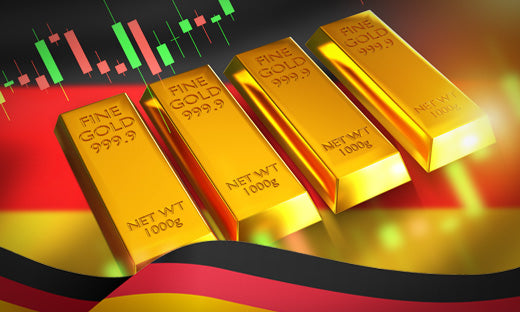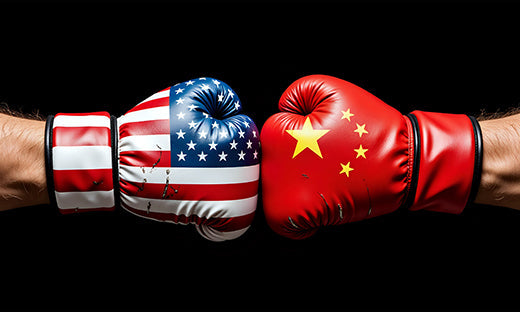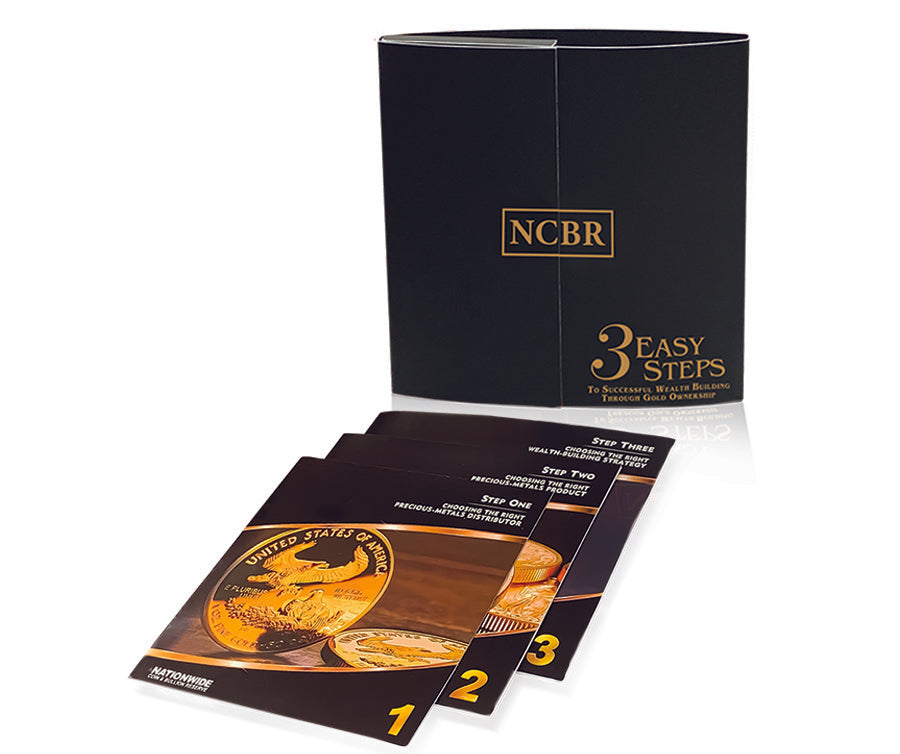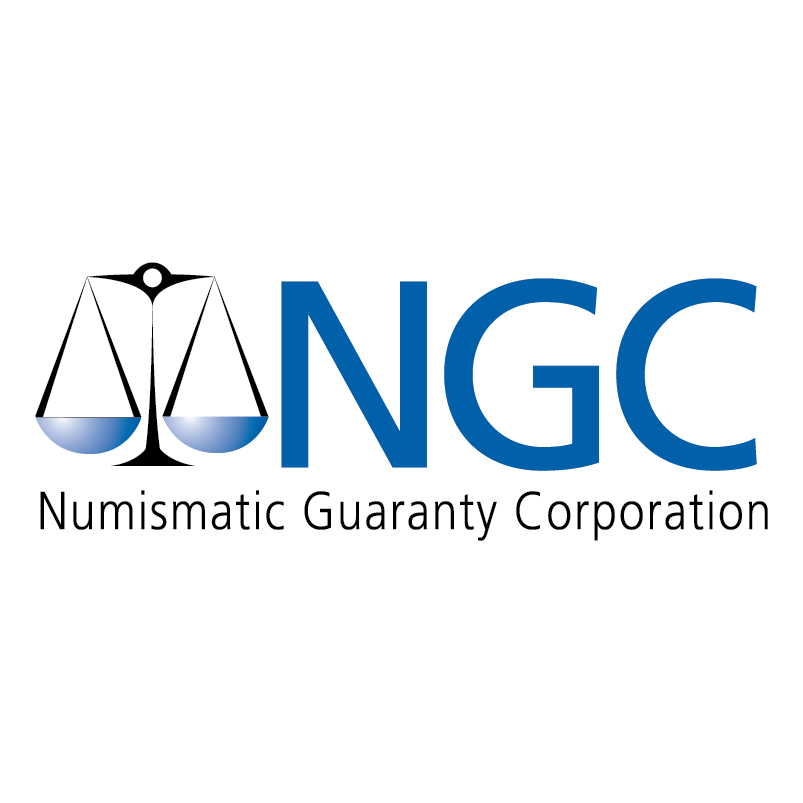Gold may feel overpriced to investors who watched it soar more than $500 the ounce during the first three months of 2025, the best performance since the third quarter of 1986 when the precious metal climbed 24 percent. But some gold bulls are easing their concerns by looking further back in history.
This exercise involves looking at the inflation-adjusted price of gold.
On January 21, 1980, the price of the gold futures contract traded at the Commodity Exchange in New York hit a record high $875 before settling at $825.50 an ounce. The spot, or cash price in London was a record $850 an ounce. On an inflation-adjusted basis—factoring in 45 years of inflation—that price today would be more than $3,300 an ounce, or higher, depending upon which analysis you trust.
In 1980, gold was responding to both economic and geopolitical troubles. In January of that year, the economy had just entered a recession that would last until July. Inflation was soaring—the Consumer Price Index would climb to more than 14 percent in 1980.
Meanwhile, crises were erupting around the globe. In December of 1979, the Soviet Union invaded Afghanistan, one month after Iranian students had seized the U.S. embassy in Tehran, holding 53 Americans hostage.
Today, the economies of the U.S. and other major economic powers are in far better condition. But, the recent rise of gold, in part, reflects fears that the U.S. economy could be headed for a serious recession that could spread across the globe.
Real Time Precious Metals Data Below








